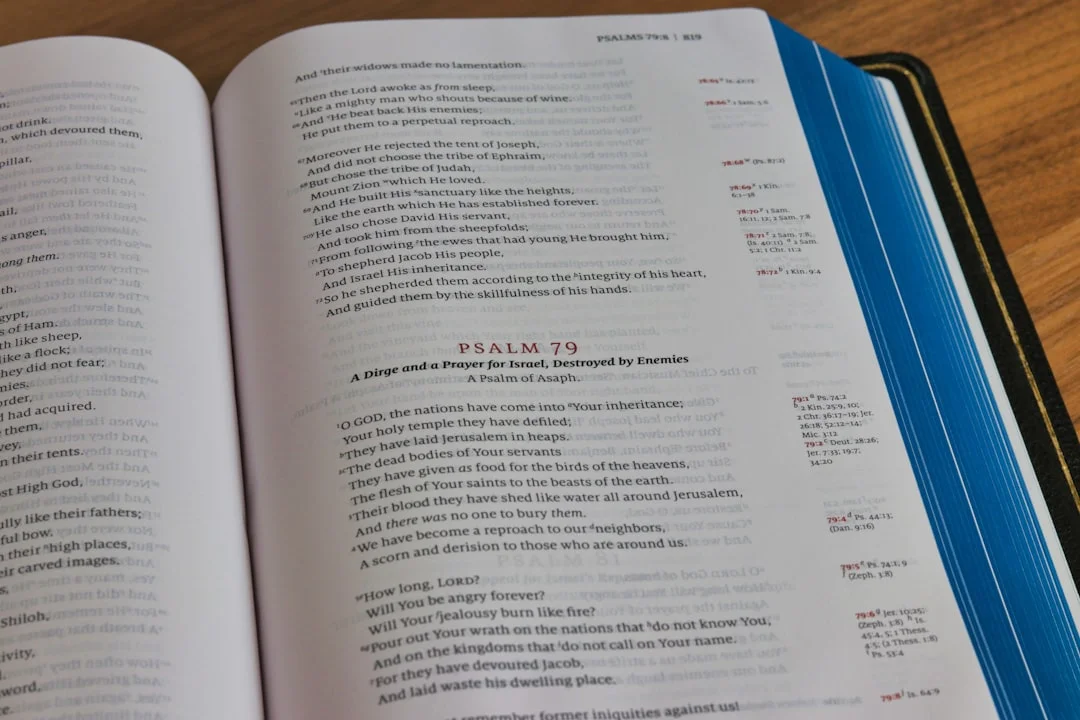
From PDF Highlights to Quality Flashcards: A Proven Workflow
Turn PDF highlights into clear, atomic flashcards using a capture → curate → card pipeline with examples, tagging, and AI assist.
TL;DR
Turn PDF highlights into clear, atomic flashcards using a capture → curate → card pipeline with examples, tagging, and AI assist.
Table of Contents
Need help turning messy notes into clean flashcards?
MemoForge pulls highlights, structures prompts, and exports straight to Anki so your study time stays focused on recall.
From PDF Highlights to Quality Flashcards: A Workflow That Actually Sticks
You’ve got a PDF that looks like a highlighter factory exploded. Pages and pages of yellow, green, blue. And then that quiet question shows up: now what? How do you turn those marks into flashcards you’ll actually review—and remember—without flooding Anki with clunky, copy‑pasted blobs?
Here’s the thing: most PDF-to-card pain comes from skipping the middle step. Folks jump from “capture” straight to “card.” The magic lives in the space between—curation. That’s where chaos becomes something simple and learnable.
The Three-Stage Pipeline (Simple, On Purpose)
Think of it like a clean handoff:
- Capture: gather highlights with intent.
- Curate: extract testable facts and trim the fluff.
- Card: turn those facts into clear questions you can actually answer.
It sounds basic. It also works, and you can keep it up even during busy weeks.
Stage 1: Capture — Highlight With a Light Touch
Start with a one‑pass read. Yes, a full read before touching the highlighter. You’ll feel less itch to mark everything, because you finally see what truly matters.
Use color with meaning, not mood:
- Yellow: core terms and definitions
- Green: examples or cases that explain a rule
- Blue: numbers, dates, or thresholds
- Pink: relationships (cause→effect, compare/contrast)
Skip verbatim blocks. Pull the bone, not the whole fish:
- “mitochondrion: double membrane; makes ATP”
- “left ventricle: pumps oxygenated blood to body”
- “AMI → plaque rupture → thrombosis → ischemia → cell death”
Export your highlights (Readwise, Zotero, Adobe, LiquidText—pick your tool), then clean them:
- Strip page numbers/formatting gunk
- Group by idea clusters
- Delete near‑duplicates
- Add a quick context note if a phrase looks lonely out of the PDF
Stage 2: Curate — One Fact Per Note (No Exceptions)
This is where decks rise or fall. Each note should contain exactly one testable fact. Mild repetition is fine; muddy prompts aren’t.
Take this highlight:
“Insulin is produced by beta cells in the pancreatic islets of Langerhans and regulates blood glucose by promoting cellular uptake of glucose.”
Break it down:
- What cells produce insulin? → beta cells
- Where are those cells found? → pancreatic islets of Langerhans
- What does insulin regulate? → blood glucose
- How does it do that? → promotes cellular uptake of glucose
Keep context that prevents confusion:
Bare: “What do beta cells produce?” → “Insulin”
Better: “What hormone do pancreatic beta cells produce?” → “Insulin”
Scope check (ask yourself):
- Is this testable as a single question?
- Would I actually want to recall this?
- Is the phrasing clear to future‑me at 7am with coffee?
Stage 3: Card — Choose the Type, Check the Quality
Use basic cards for clean pairs and simple relationships:
Front: “What is the powerhouse of the cell?”
Back: “Mitochondrion (generates most cellular ATP)”
Use cloze for connected sequences, equations, or short lists that read like a sentence: “In AMI, myocardial cell death occurs within c115–20 minutes if c2blood flow is not restored.”
A quick QA pass (fast but strict):
- Coverage: does this matter?
- Clarity: unambiguous question?
- Completeness: answer stands on its own?
- Concise: no filler?
- Context: enough to avoid mix‑ups?
Tag lightly so future‑you can find things:
- Topic: #cardiology, #contracts, #neuro
- Source: #textbook‑ch7, #lecture‑oct15
- Type: #definition, #process, #case
A Real Example: Research Paper → Cards That Work
Source (trimmed):
“Acute myocardial infarction (AMI) occurs when coronary blood flow is critically reduced, typically due to atherosclerotic plaque rupture with subsequent thrombosis. The resulting ischemia causes myocardial cell death within 15–20 minutes if blood flow is not restored. Elevated troponin levels rise 3–6 hours post‑infarction and remain elevated for 10–14 days.”
Curated atomic facts:
- AMI = critical reduction in coronary blood flow
- Common cause: plaque rupture + thrombosis
- Timeline to cell death without reperfusion: 15–20 minutes
- Biomarker: troponin
- Troponin rise: 3–6 hours after AMI
- Troponin stays high: 10–14 days
Generated cards:
- Basic: “What defines an acute myocardial infarction (AMI)?” → “Critical reduction in coronary blood flow causing myocardial cell death”
- Basic: “Most common cause of AMI?” → “Atherosclerotic plaque rupture with thrombosis”
- Cloze: “In AMI, myocardial cell death occurs within c115–20 minutes if c2blood flow is not restored.”
- Basic: “What biomarker is elevated in AMI?” → “Troponin”
- Cloze: “Troponin rises c13–6 hours after AMI and remains elevated for c210–14 days.”
Pitfalls You Can Skip (Because You’re Smarter Than Your Highlighter)
The verbatim trap
Copying chunks straight into cards feels productive and reviews like sludge. Always rephrase into a question you could ask a friend out loud.
Context‑free prompts
“What does insulin do?”—sure, but… when, where, compared to what? A dash of context reduces wrong guesses and speeds recall.
The multi‑concept monster
“Causes, symptoms, and treatments of diabetes?” That’s three cards dressed as one. Split it. Your future review sessions will feel calmer.
A Tiny Digression on Time and Energy
You know what helps more than a fancy tool? A timer and a streak. Use 25‑minute sessions if your attention slips. Do highlights in one sitting, curation in another, and cards in a third. Short sessions add up. Review Heatmap in Anki makes this satisfying—humans love streaks.
Where AI Helps (And Where It Doesn’t)
AI is great for:
- Splitting dense paragraphs into atomic notes
- Suggesting clearer phrasings
- Drafting cloze variants from a short sentence
AI is risky when:
- You let it flood you with 300 cards from one chapter
- It copies source text without trimming scope
- It creates answers that read like small essays
Stay in control:
- Ask it for one‑fact cards only
- Keep your daily new‑card count tied to your time budget
- Hand‑check a small sample from each batch before importing
Exporting and Hand-Off (Optional but Handy)
If you use Readwise, Zotero, or Obsidian, keep a tiny template for atomic notes—question, answer, context, tag. That way your curation step feels like checking boxes, not reinventing the wheel.
Quick‑Start Checklist (Because Momentum Feels Good)
- Pick one PDF you care about (10–15 pages)
- Do a one‑pass read, then highlight with categories
- Export highlights and clean them
- Pull 8–12 atomic facts—no more, keep it simple
- Create a balanced set: mostly basic, a few cloze
- Tag lightly and review today, not next week
FAQs You Might Be Thinking
How many cards per page?
It depends, but 2–5 cards per dense page is a sane range. If you’re making 10+ from every page, you’re probably capturing details that won’t earn their keep.
Should I create cards while reading?
Read first, highlight second, curate third, then make cards. Sliding into card creation while reading almost always bloats decks.
What about tables and diagrams?
Tables: test key comparisons or thresholds. Diagrams: use description cards or image occlusion for spatial memory—don’t blanket‑occlude everything at once.
How do I prevent near‑duplicates?
Group highlights by idea, then keep the cleanest example. One strong prompt beats five similar ones that feel like déjà vu.
Turn Highlights Into Habits
Turning PDFs into good flashcards isn’t glamorous. It’s a light highlight pass, a steady curation habit, and a handful of cards you’ll actually review. Keep your facts small, your prompts clear, and your daily load honest. Do that, and your deck will feel less like a guilt pile and more like a quiet tool that works in the background—just the way you want it.
Related Articles

10 Ways AI Can Boost Your Study Productivity (Without Making You Dependent)
Practical, grounded ways students can use AI—planning, flashcards, memory cues, spaced review, synthesis—while keeping agency and critical thinking intact.

Flashcards for Complex Subjects: Studying Medicine, Law, and More with AI
How to build high-yield, structured flashcards for dense domains—medicine, law, engineering—using AI as a drafting accelerator without losing nuance or accuracy.

How to Use Anki: Step-by-Step Beginner Guide (2025)
Install Anki, build your first deck, choose the right settings, and set a daily review routine with AI tips to stay consistent.